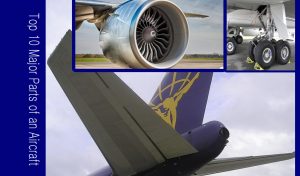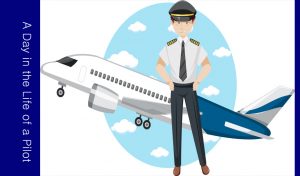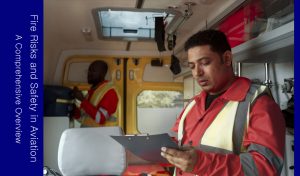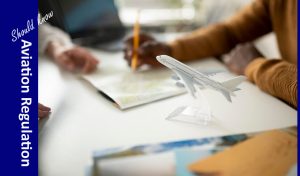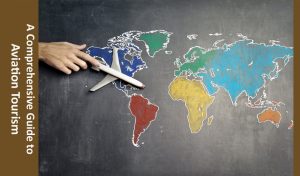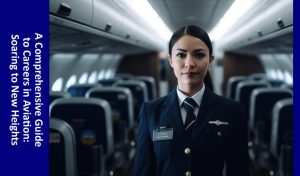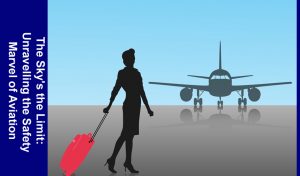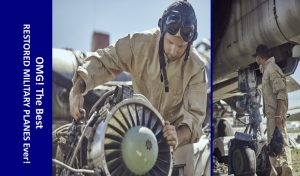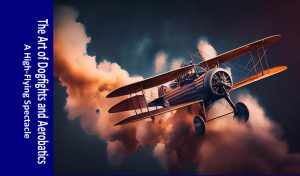Both Commercial and military aircraft serve distinct purposes and have different design criteria, power requirements, features, and historical backgrounds. Here’s a detailed comparison of the key differences and similarities between commercial and military aircraft. Let’s explore the topic:
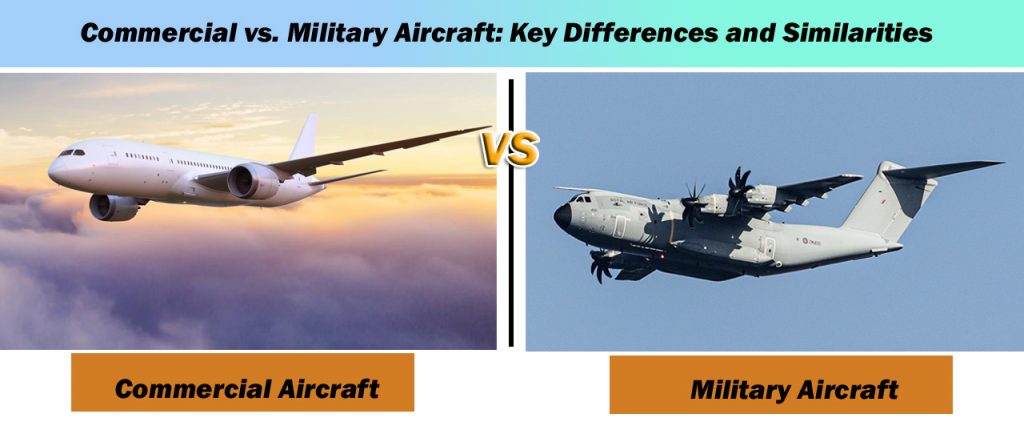
Design:
- Purpose:
- Commercial Aircraft: Designed primarily for passenger and cargo transportation.
- Military Aircraft: Designed for various purposes, including combat, reconnaissance, surveillance, transport, and refueling.
- Aerodynamics:
- Commercial Aircraft: Emphasize efficiency and comfort, with a focus on minimizing drag and maximizing fuel economy.
- Military Aircraft: Prioritize maneuverability, speed, and stealth, often sacrificing fuel efficiency for combat capabilities.
- Structural Strength:
- Commercial Aircraft: Designed to withstand routine commercial flight stresses and maintain passenger comfort.
- Military Aircraft: Built to endure high-stress combat maneuvers, withstand gunfire, and often have reinforced structures.
Power:
- Engines:
- Commercial Aircraft: Typically equipped with turbofan engines optimized for fuel efficiency and long endurance.
- Military Aircraft: Use a wide range of engines, including afterburning turbofans for high-speed fighters and turboprops for reconnaissance and transport aircraft.
- Thrust-to-Weight Ratio:
- Commercial Aircraft: Lower thrust-to-weight ratio for efficient cruising.
- Military Aircraft: Higher thrust-to-weight ratio for rapid acceleration and agility.
Features:
- Avionics and Sensors:
- Commercial Aircraft: Feature advanced avionics for navigation, weather monitoring, and passenger entertainment.
- Military Aircraft: Equipped with specialized sensors for radar, targeting, and electronic warfare, depending on their role.
- Weapons and Defensive Systems:
- Commercial Aircraft: Designed without offensive or defensive weaponry.
- Military Aircraft: Often carry various types of weapons, countermeasures, and electronic warfare systems.
- Stealth and Camouflage:
- Military Aircraft: Incorporate stealth features and paint schemes for reduced radar visibility.
- Commercial Aircraft: Designed for visibility and safety, with no emphasis on stealth.
History:
- Origins:
- Commercial Aircraft: Trace their roots back to the early 20th century, with the Wright brothers’ first powered flight and the development of commercial aviation in the 1920s.
- Military Aircraft: Evolved from military aviation pioneers like the Red Baron during World War I and continued to develop during World War II and the Cold War.
- Major Milestones:
- Commercial Aircraft: Milestones include the introduction of the Boeing 707, the Airbus A320, and the Boeing 747, which revolutionized air travel.
- Military Aircraft: Milestones include the development of iconic planes like the F-16 Fighting Falcon, the B-52 Stratofortress, and the F-22 Raptor.
- Civilian Conversion:
- Commercial Aircraft: Rarely converted for military use due to their design focus on civilian applications.
- Military Aircraft: Some military planes, such as the C-130 Hercules and the KC-135 Stratotanker, have been adapted for civilian roles like cargo transport and aerial refueling.
Let’s Summarise the topic with overall similarities and differences
Differences
- Purpose: Commercial aircraft are designed to transport passengers and cargo, while military aircraft are designed to support military operations.
- Design: Commercial aircraft are typically designed for comfort and efficiency, while military aircraft are designed for speed, maneuverability, and durability.
- Equipment: Commercial aircraft are typically equipped with amenities for passengers, such as seating, entertainment systems, and food service. Military aircraft are typically equipped with specialized equipment for their intended mission, such as weapons, radar, and electronic warfare systems.
- Operations: Commercial aircraft typically operate on fixed schedules and routes, while military aircraft operate in a variety of environments and conditions.
Similarities
- Both types of aircraft are powered by engines. The most common type of engine used in both commercial and military aircraft is the gas turbine engine.
- Both types of aircraft are controlled by pilots. Pilots use a variety of instruments and controls to navigate and fly the aircraft.
- Both types of aircraft are subject to the laws of physics. Commercial and military aircraft must both obey the laws of aerodynamics and lift in order to fly.

Examples
Here are some examples of commercial and military aircraft:
- Commercial Aircraft: Boeing 747, Airbus A380, Embraer E195, Cessna Citation X
- Military Aircraft: F-35 Lightning II, F-22 Raptor, C-130 Hercules, P-8 Poseidon
It is important to note that there is some overlap between commercial and military aircraft. For example, some commercial airliners are converted for military use, such as the Boeing KC-135 Stratotanker, which is used for air refueling. Additionally, some military aircraft are used for commercial purposes, such as the C-17 Globemaster III, which is used to transport humanitarian aid.
